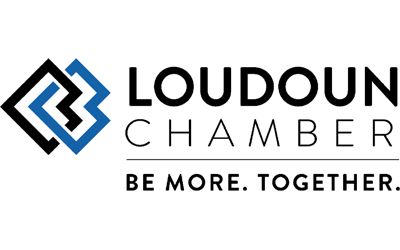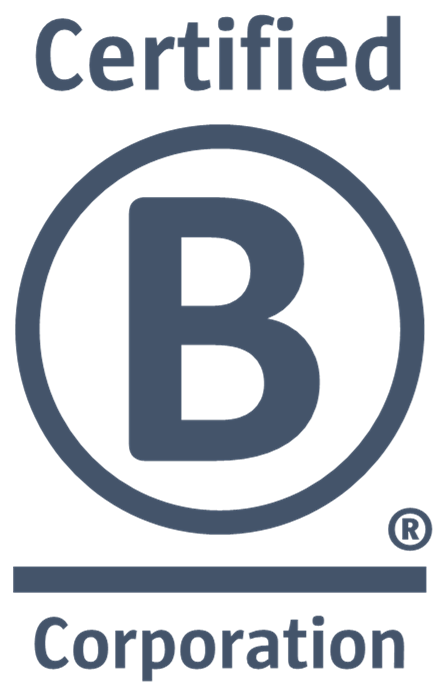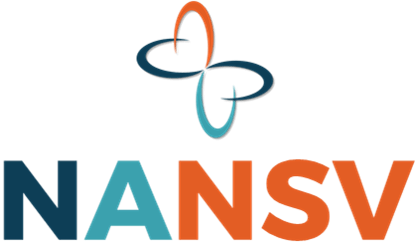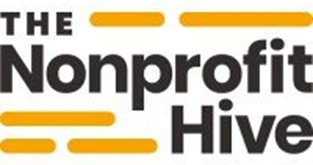Adapting Strategy to Conditions
Effectiveness and relevance depend on sound Board decisions
In
the previous article, we discussed to “Act” phase of our
Anticipate > Plan > Act > Adapt
approach, defining the
pillars of effective action and outlining the roles, responsibilities, and
tools necessary for successful strategy execution. This time, we’ll walk through the key
components of the “Adapt” stage. This is
where leaders have to pay attention and make informed decisions based on
“conditions” that will directly affect implementation progress and outcomes. It’s Adaptation—how Boards, in particular,
respond to the issues that inevitably arise—that keep Strategic Plans feasible,
on target, and relevant.
Good strategic governance requires more of Boards than just sitting through progress reports from Executive Directors. For Strategic Plans to “work,” there will be times when substantive, sometimes difficult choices need to be made. Decision points may occur when, for example, there are:
- Resource Issues—Challenges inevitably arise in execution. People may become unavailable due to operational priorities, staff attrition, or other reasons. Expected funds may not materialize if grants aren’t received, fundraising doesn’t meet expectations, etc. Such issues may mean actions can’t happen on time (with repercussions across the plan) and need to be addressed.
- Mistaken Assumptions—Sometimes, assumptions made when developing Strategic Plans end up not happening. Clients, for example, may not take advantage of certain services to the extent anticipated, perhaps because they’re unaware they’re offered or they simply don’t need them. Modifications must be made to ensure the plan is effective, and keep it relevant.
- Missed Milestones—Non-profits should have measures and targets, and should be monitoring how they’re doing along the way (see prior articles). Milestone status is a key indicator—if incremental metrics aren’t being met, it’s unlikely “end states” will be achieved unless changes are made to the plan. Boards need take notice when this happens, and decide how to adapt.
- External Changes—Things often happen in the surrounding environment. Providers of similar services may emerge, for example, in the local “market space.” Regulatory changes can occur at any level of government, and political winds blow in different directions. Boards need to anticipate or at least recognize changes, evaluate their impacts, and respond appropriately.
The above are just a few examples, and other conditions requiring decisions may arise as well. Early recognition is critical, so Boards must regularly review Strategic Plans and govern implementation. Governance is different than management—the latter provides oversight and coordination of day-to-day execution, while the former considers issues that affect whether or not timely execution and continued relevance is even possible. Boards need to make good decisions in response to both urgent and emerging issues by looking at the plan as a whole, as well as missions, priorities, resources, etc.
What kinds of decisions might Boards have to make? Well, as we mentioned, they have to keep plans on track, on target, and relevant. There are many tools in the toolbox to help them accomplish this, and they may need to be used in combination. Potential responses include, but are not limited to:
- Shifting or Acquiring Resources—One potential tool is reallocating human and/or financial resources from one action to another, which needs to be evaluated in the broader context of the plan (e.g., relative schedule impacts on “source” activities). Boards can also consider adding new staff, contractors, etc. to get things done on time without affecting other actions.
- Altering Schedules—Boards may choose to extend timelines for certain actions if, for example, Action Owners or assigned resources are repurposed, quit, or otherwise become unavailable. Care must be taken when using this approach, as pushing schedules on one action often affects the deadlines for others. “End state” and milestone targets may also need to be revisited.
- Redefining Actions—In some cases—for example when assumptions don’t pan out or milestone targets are missed—the best option may be to reconfigure approaches to achieving objectives. This requires understanding why an issue occurred, and finding a better way to get to get to a similar end. This tool will likely affect schedules and both milestone and “end state” metrics.
- Modifying Targets—Sometimes, challenges (and solutions) necessitate tempering expectations in Strategic Plans. Boards may choose, either in lieu of or because of other responses, to adjust desired outcomes to reflect what’s realistic given the circumstances, for example if resources aren’t accessible, schedules have to change, or approaches need to be redesigned.
- Changing Metrics, Objectives, and/or Goals—If external conditions change, the desired results may change with them. This means what’s measured, the corresponding objectives, and even the high-level goals may need to be modified or redefined, e.g., if the client base and its needs evolve. Scenario planning is helpful when potential changes are known, so it’s easier to adapt.
It’s on both Program Managers (see prior article on “Action”) and Boards to recognize issues early on. Responses require Boards to have thoughtful strategic discussions with critical evaluations of plan interdependencies, relative importance of outcomes, and response feasibility. Effective adaptation—i.e., good decisioning—is critical to ensuring Strategic Plans get results that ultimately deliver for non-profits and their clients. It’s a key component of our overall, on-going “strategy cycle,” in which decisions circle back into both Planning and Action to accomplish what non-profits need.
This concludes our Strategic Planning series. We’ve defined it, developed a framework, and discussed each element in detail to provide a better sense of the “what,” “why,” and “how” of “being strategic.”
More Information
Learn more about strategic planning and get started now!
Read Other Posts





















